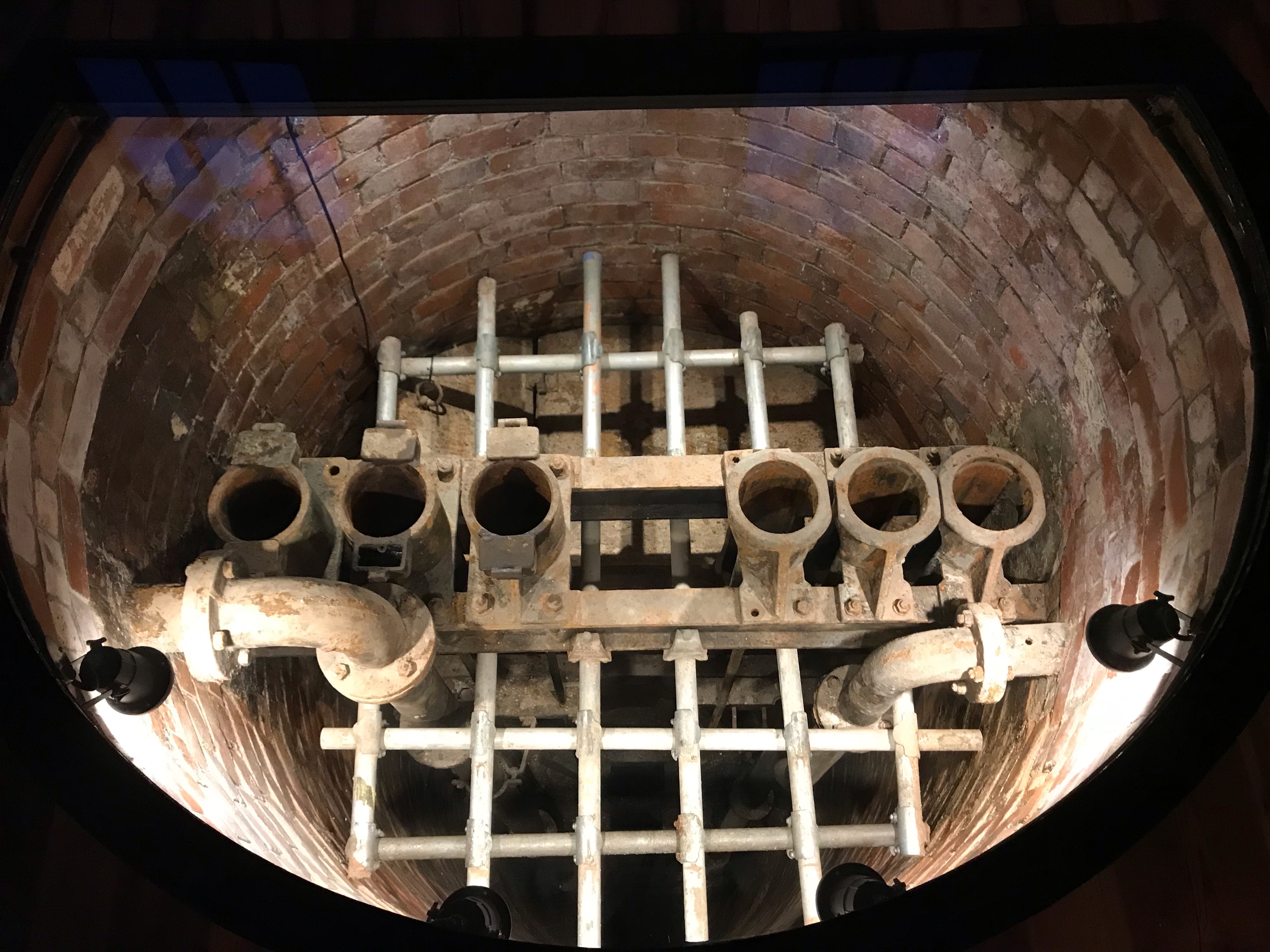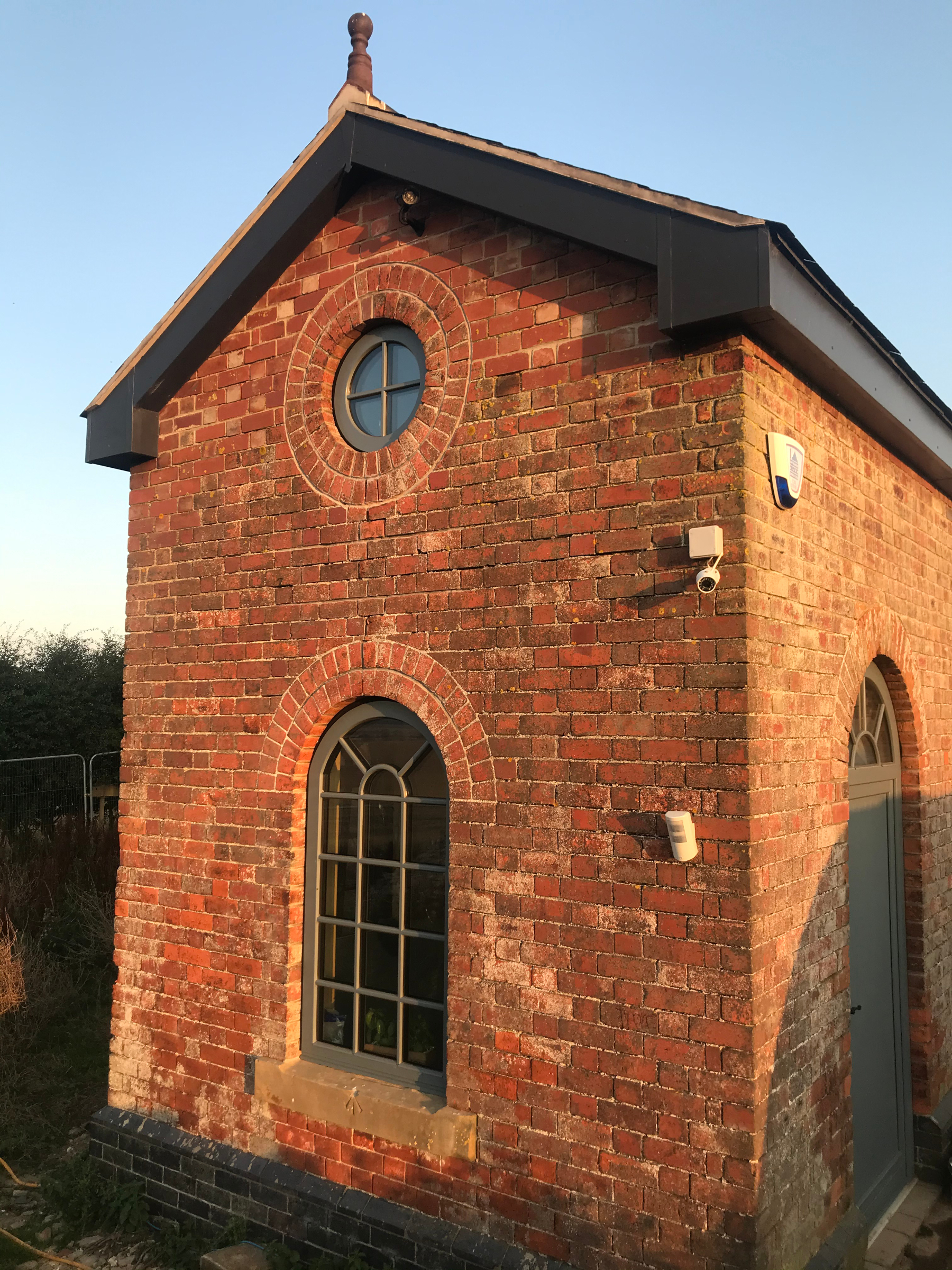Structural defects
If you have identified a structural defect in your property, we provide specialist advice on the likely cause and any necessary remedial works.
Our experienced engineers will work to understand the problem and discuss potential solutions.
Common defects include:
- Subsidence
- Cracks in walls
- Damage caused by removed walls
- Sagging roofs
- Absence / inadequacies of lintels
- Bulging walls
- Inadequate foundations
What to expect
- Arrange a site visit to discuss and understand the defect.
- Complete a visual inspection and assessment of the area of concern.
- Where necessary, when the defect or potential cause cannot be fully observed an intrusive investigation may be required. Our engineers will discuss this with you before proceeding.
- A Specific Structural Defect Report would be produced based on the findings of the survey. This will advise on whether there is a structural concern and, if so, identify what needs to be done to rectify the problem. This may include drawings and structural calculations.
- Visit the site to inspect remedial works.
FAQs
Sometimes there are clues that structural damage has occurred in your home:
- Cracks in ceiling / wall plaster
- Stair-step cracks in brick or stonework
- Sticking windows / doors
- Settlement after a structural modification such as an extension or removing a load bearing wall
- Foundation cracks / bowing
- Sloping / uneven floors
- Gaps where walls and floors meet
- Bowed walls
- Extension pulling away from house
- Cracked or leaning chimney
- Cracked attic truss
While none of the items on the above list guarantee that structural damage has occurred, they can be a cause for concern.
To understand if there is a structural issue and the possible solutions to prevent it from becoming worse, you will need to have a structural inspection performed.
If you are living in a home built within the last 10 years and are continuously seeing new cracks, it could be indicative of poor construction or underlying issues.
However, if you are living in a 100-year old home and have always had sloping floors and cracked ceilings, this may not be as much of a concern. This kind of settlement is common in older homes as they were not designed for deflections the way they are today.
If new settlement is occurring in any aged building, there may be a structural change which should be investigated by a structural engineer. We may also enquire if any structural alterations have taken place recently as this could be the cause of movements.
If a potential defect in your home is causing you concern, contact a structural engineer to have an inspection carried out.

